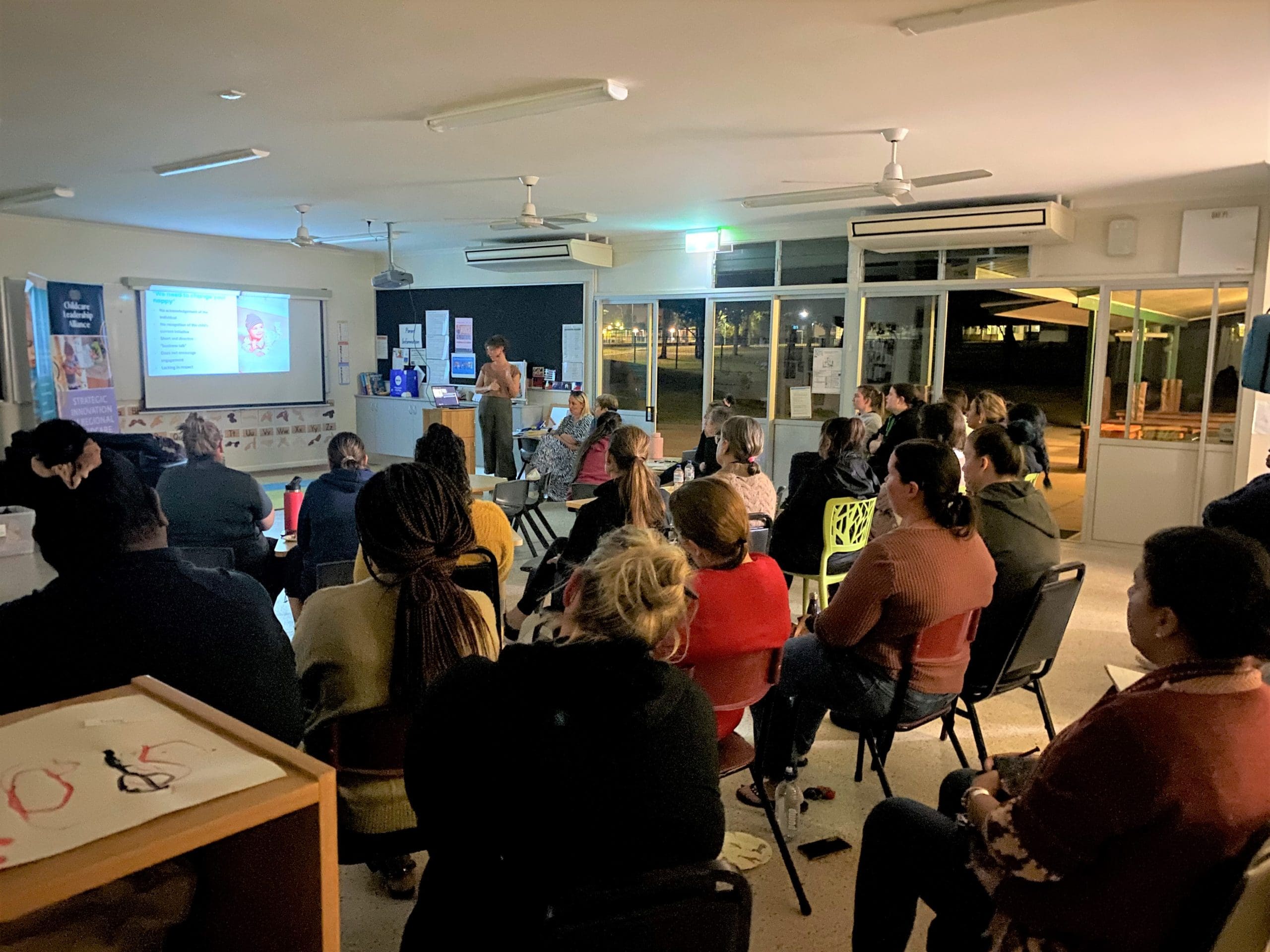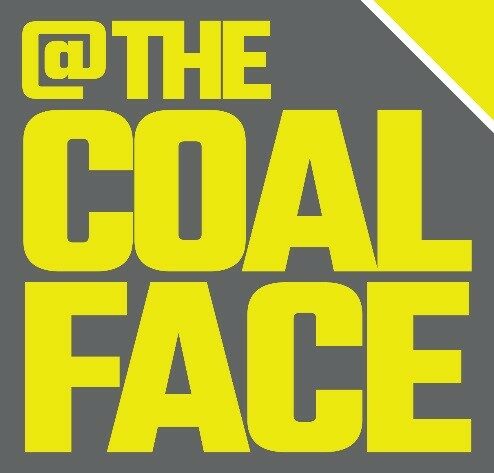Eating disorders are not a lifestyle choice, a diet gone wrong or a cry for attention. They are serious mental and physical conditions that involve complex and damaging relationships with food, eating, exercise, and body image.
The most common indication of an eating disorder is extreme dissatisfaction or an unhealthy concern about your appearance, food and gaining weight. It often makes people secretive about their eating habits and when they do eat, they feel anxious, upset or guilty.
There are many types of eating disorders. Binge eating disorder (BED) makes up almost half of all cases in Australia. People with this disorder will often eat large amounts of food, even when they aren’t hungry, and then go on a fast or a diet in response to the way they feel after a binge.
Bulimia nervosa is a disorder where people have frequent eating binges that often occur in secret. They then get rid of the food by vomiting, taking laxatives or diet pills. About 12% of people with eating disorders have bulimia nervosa.
3% of people with eating disorders in Australia have anorexia nervosa. People with anorexia nervosa can be severely underweight and fear putting on weight. They often have a distorted body image and see themselves as fat.
Other specified feeding or eating disorder (OSFED), has many of the signs of other eating disorders but the condition doesn’t match a specific disorder. Around 1 in 3 people who get treatment for an eating disorder have OSFED.
Eating disorders are misunderstood and grossly underestimated. The lack of understanding and the stigma associated with them makes is even more difficult for people who are suffering from them.
A common myth is that eating disorders only affect women and girls, usually teenage girls. In reality, eating disorders can affect anyone. They occur in both men and women of all ages and affect people from all cultural and socio-economic backgrounds. It is estimated that a third of people with an eating disorder are male and that eating disorders affect about 9% of Australians.
The factors that lead to the development of an eating disorder are complex. They involve a range of biological, psychological, and sociocultural factors. These factors vary from person to person.
It’s not always easy to tell if someone has an eating disorder. They may try to hide it because of shame or guilt. However, some of the behaviours linked with eating disorders are dieting, binge eating, purging, too much exercise, eating in private and an unhealthy body image. There are also physical signs that may indicate an eating disorder, such as weight changes, disturbed menstrual cycle, dizziness and fatigue.
Early treatment may limit the progression of eating disorders and improve outcomes. The first step is to see a doctor, who can refer you to the right services.
Some of the treatment options include psychotherapy or cognitive behavioural therapy (CBT) which helps you identify and change your thoughts, feelings and behaviours associated with your eating disorder. Another therapy is dialectical behaviour therapy (DBT) which helps you manage your emotions and accept who you are. Other approaches include working with the whole family, which is most common in young people, nutrition education and medicines.
If you have an eating disorder, get help as soon as possible. Eating disorders are damaging to the body and can even be fatal, but they are treatable. With the right professional, social and emotional support, you can get better from an eating disorder.
| If you think you have an eating disorder, talk to someone you trust, visit your doctor or you can call the Butterfly Foundation National Helpline on 1800 33 4673 or visit butterfly.org.au. You can also call Butterfly for advice about a family member or friend. |











